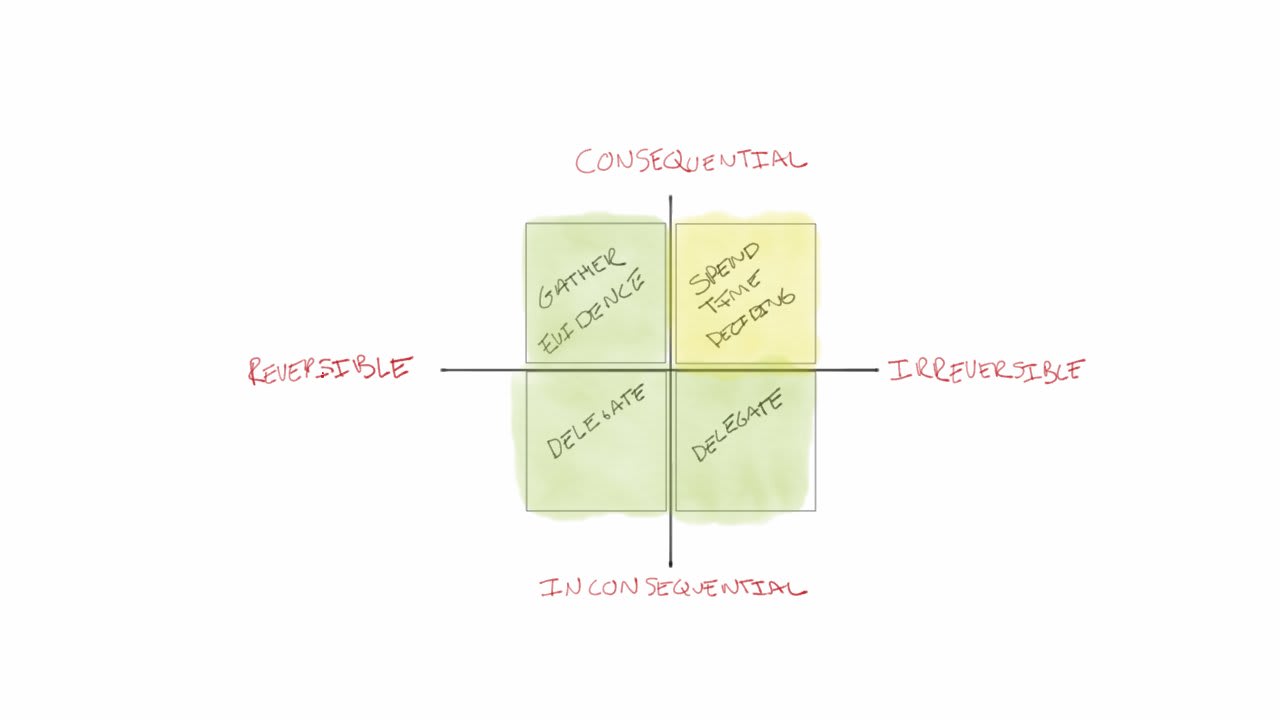Is the world around us leading us to prioritise “shallow and fast thinking” and unintentionally stigmatise “slow and deep thinking”?
If you are reading this you are doing so off a digital device and you probably have a few other apps or browser windows open at the same time. You may be catching up on emails quickly between zoom calls in the virtual world, our multi-tasking while you drink your morning coffee. In short you are engaging with this in amongst a number of other things on the go, and these are just the ones that you are consciously aware of. We won’t’ go into the background app refresh that is just about to hit you with a notification that is going to dart across your screen any second now.
In this always on world, an expectation has developed for our minds to also be “always on” and when you are asked for the answer to question if you haven’t responded in a narrow time frame you are labelled as being slow.
The impact of this broader environment on our style of thinking is significant. I think that the biggest effect happens subconsciously because we are exposed to a world of instant gratification and business models have been develop to remove the friction of interactions which means lots of the things we need are just a click away.
We have to use technology to help us break through the stigma surrounding “slow and deep thinking”. Regaining our thinking time. The new iPad OS and macOS Monterey, which I am operating through Apple’s public beta, has the option to set focus periods so that you can intentionally shut yourself off from the digital world. I am not advocating that one should shut themselves off forever, rather that we need to nurture our thinking time and this is one of the ways that we can do just that.
With this in mind consider the below graphic around decision making.

Where should we be spending our time and energy? Can you build a system to help you process the inconsequential quadrants? This does not mean that you ignore them, but rather than you use your time where it is most value.
We should rethink our relationship with time and realise that if we don’t break the stigma around “slow and deep thinking” we may have to correct many of the rushed decisions that are taken in society today because they have not been thought through at a deep enough level.
“A busy calendar and a busy mind will destroy your ability to create anything great” Naval Ravikant
SOMETHING FOR YOU TO THINK ABOUT
What can altruism teach us about how to improve and develop the interactions between people within teams?
Altruism is defined as the principle and moral practice of concern for the happiness of other humans. Happy people do their best work and make meaning full contributions.
Thinking about altruism may lead you into the path of effective altruism which links to a broader philosophy – “how can we use our resources to help others?” – you can explore more of the thinking HERE.
Focusing on making other people happy within a broader team can have significant improvements around outputs and we learn loads from altruism to create better relationships.